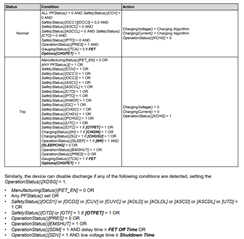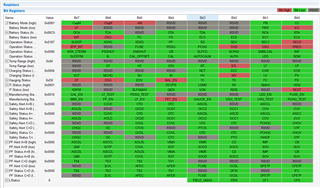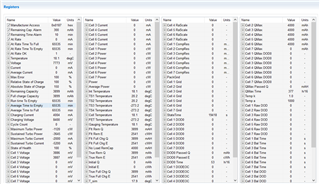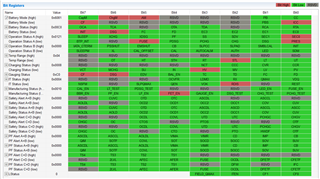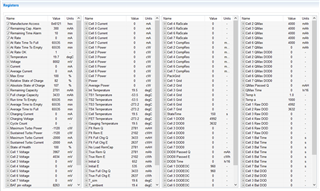Other Parts Discussed in Thread: BQ40Z80, GPCCHEM
Hello,
I am working on a 2-cell design with the BQ40Z80. I have set the cell count to 2 and also written the mAh, cWh, and pack voltage values to Data Memory. See below:

However, after resetting the device, it still reads as zero capacity and the Remaining Capacity Alarm is preventing the charging path from turning on. Cells are each at 3.9V, so nowhere near empty and the analog front end appears to be reading them correctly. Remaining cell inputs are shorted together on the EVM terminal block. See below:
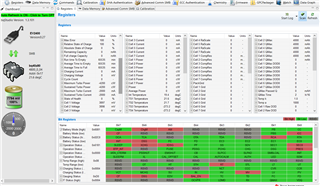
I have a couple questions about this.
1) First question is obviously why is does the EVM read as 0mAh for both remaining capacity and (especially weird) design capacity?
2) Absolute SoC is 0%, but Relative SoC is 100%. What does that mean? Relative to what?
3) Run time to empty, Avg time to empty, and Avg time to full are all maxed out 0xFFFF. What does that mean?
Is there a better quick start guide than the EVM instructions? They don't help at all really, and the TRM is very dense. I'm working my way through it, but I would like to get some basic experiments off the ground in the meantime just to verify a design.
Thank you,
Jamie


